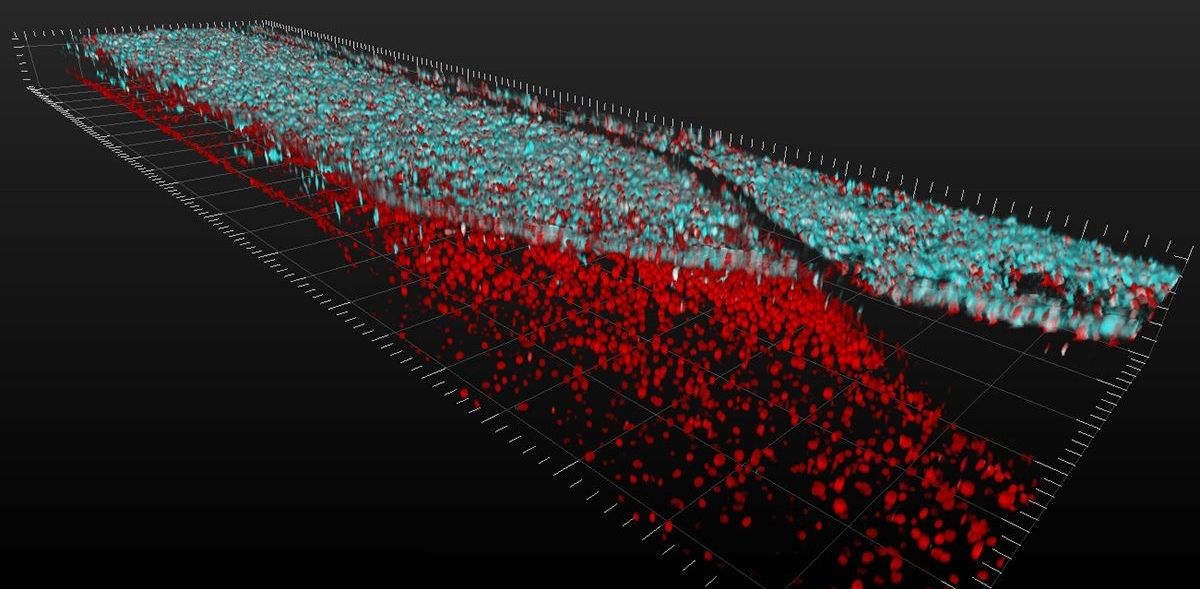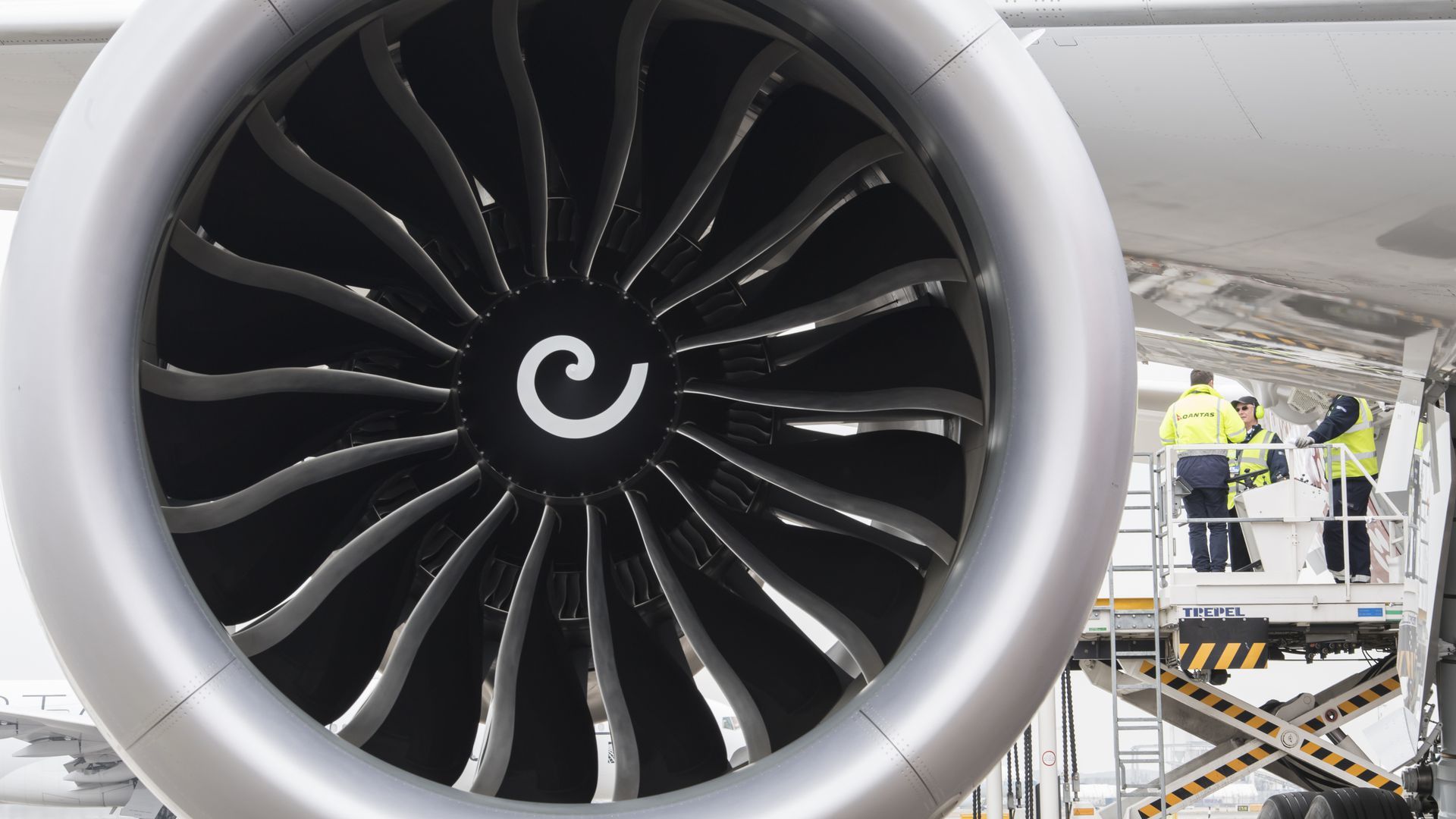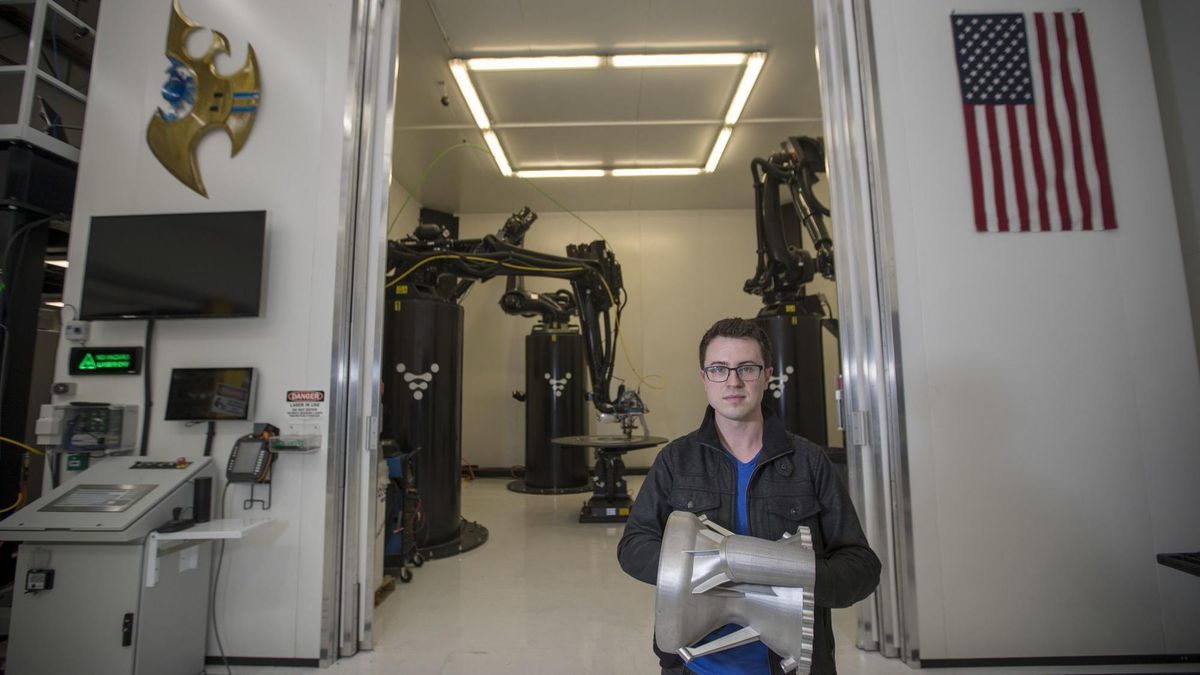The device can already detect antibodies for measles and rubella.
- By Helen Branswell, STAT on April 26, 2018

The device can already detect antibodies for measles and rubella.

From tunneling through impenetrable barriers to being in two places at the same time, the quantum world of atoms and particles is famously bizarre. Yet the strange properties of quantum mechanics are not mathematical quirks—they are real effects that have been seen in laboratories over and over.
One of the most iconic features of quantum mechanics is “entanglement”—describing particles that are mysteriously linked regardless of how far away from each other they are. Now three independent European research groups have managed to entangle not just a pair of particles, but separated clouds of thousands of atoms. They’ve also found a way to harness their technological potential.
When particles are entangled they share properties in a way that makes them dependent on each other, even when they are separated by large distances. Einstein famously called entanglement “spooky action at a distance,” as altering one particle in an entangled pair affects its twin instantaneously—no matter how far away it is.

YELLOWSTONE NATIONAL PARK — Yellowstone National Park geologists have reported the third eruption from the world’s largest active geyser in the past six weeks.
The National Park Service says a park visitor reported seeing a rare eruption of Steamboat Geyser on Friday.
Park geologists compared the report with seismic activity and the discharge of water and concluded the eruption probably started at 6:30 a.m.




Virgin Hyperloop One in partnership with BMW’s design group released pictures of the interior of a pod that could be used to transport passengers in the UAE.

